Years 3 to 6 Community News
The 3 - 6 Team

Years 3 to 6 Community News
The 3 - 6 Team
Students across the campuses learning communities made the most of every day spent at school this term before remote learning. With Melbourne so close, we felt very grateful to be learning together at school for the first three weeks. This short but valuable time has prepared us well for Remote Learning 2.0.
Mad about Science
Year 3 and 4 students have been participating in amazing science experiments each week to explore the effects of forces. Some lucky students got to race balloon rockets across their learning communities.
Year 5 and 6 students have been learning about energy and electricity. Some tasty treats were prepared in solar ovens while other students enjoyed constructing open and closed circuits with wires, batteries, lightbulbs and more.

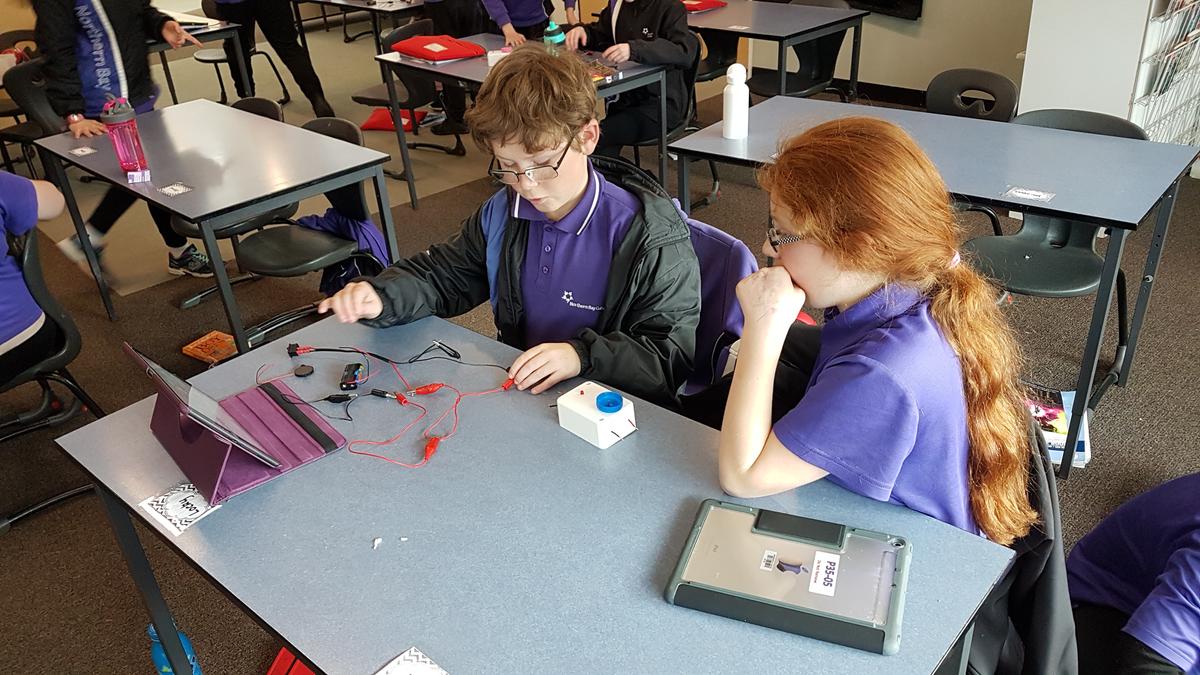
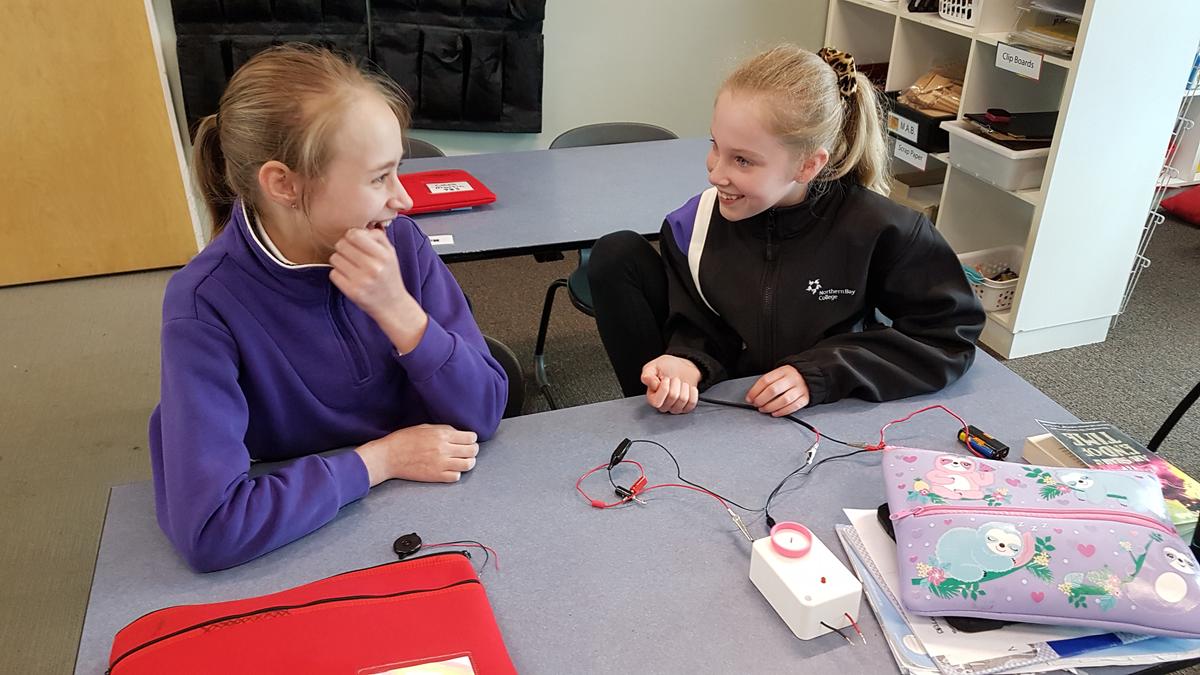

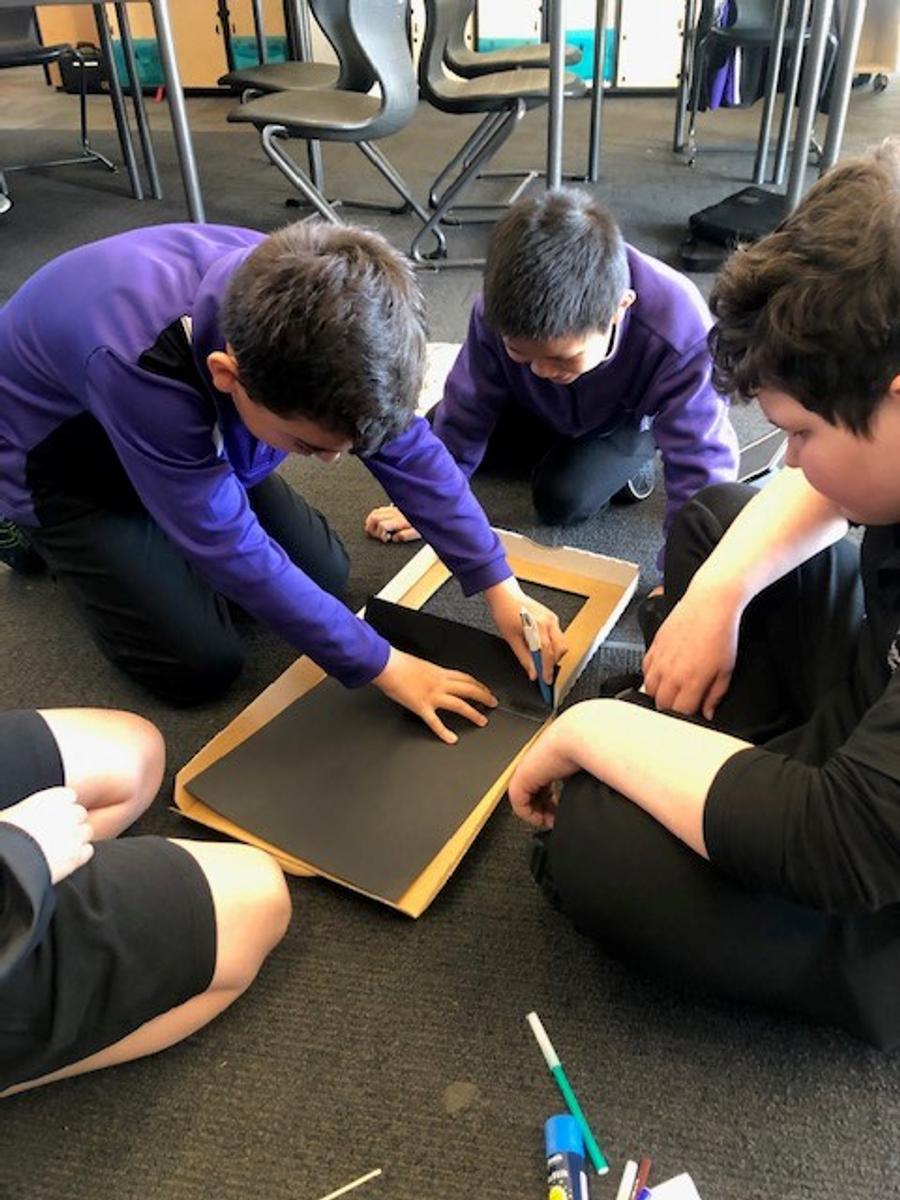
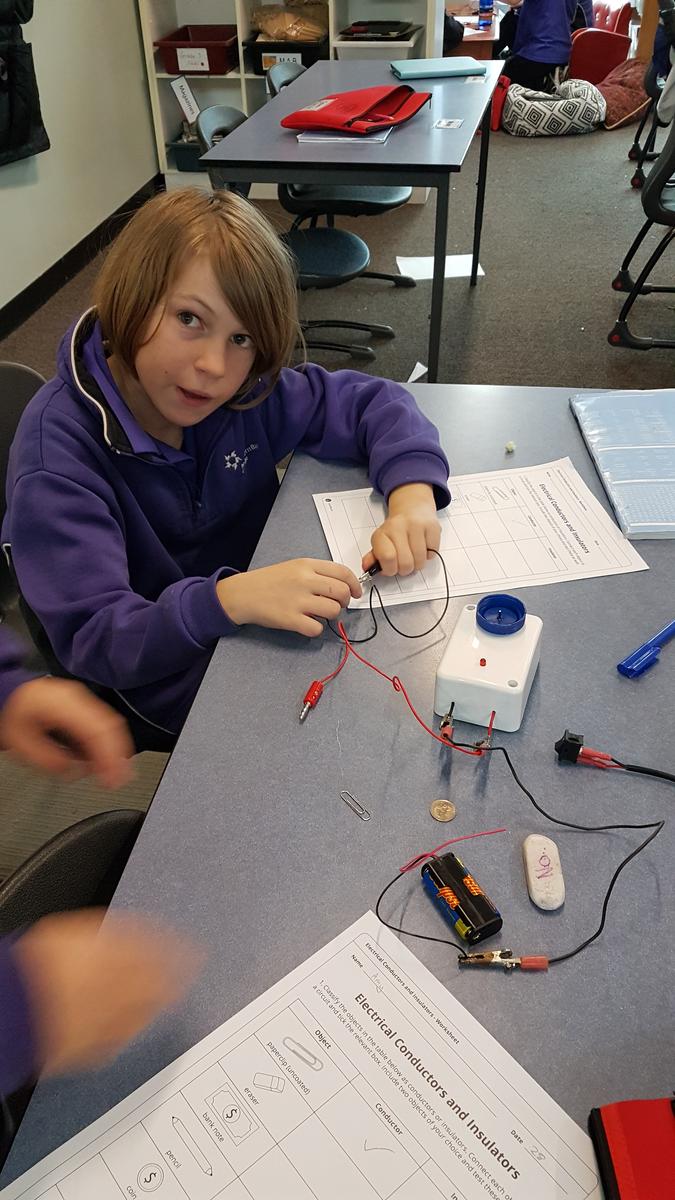
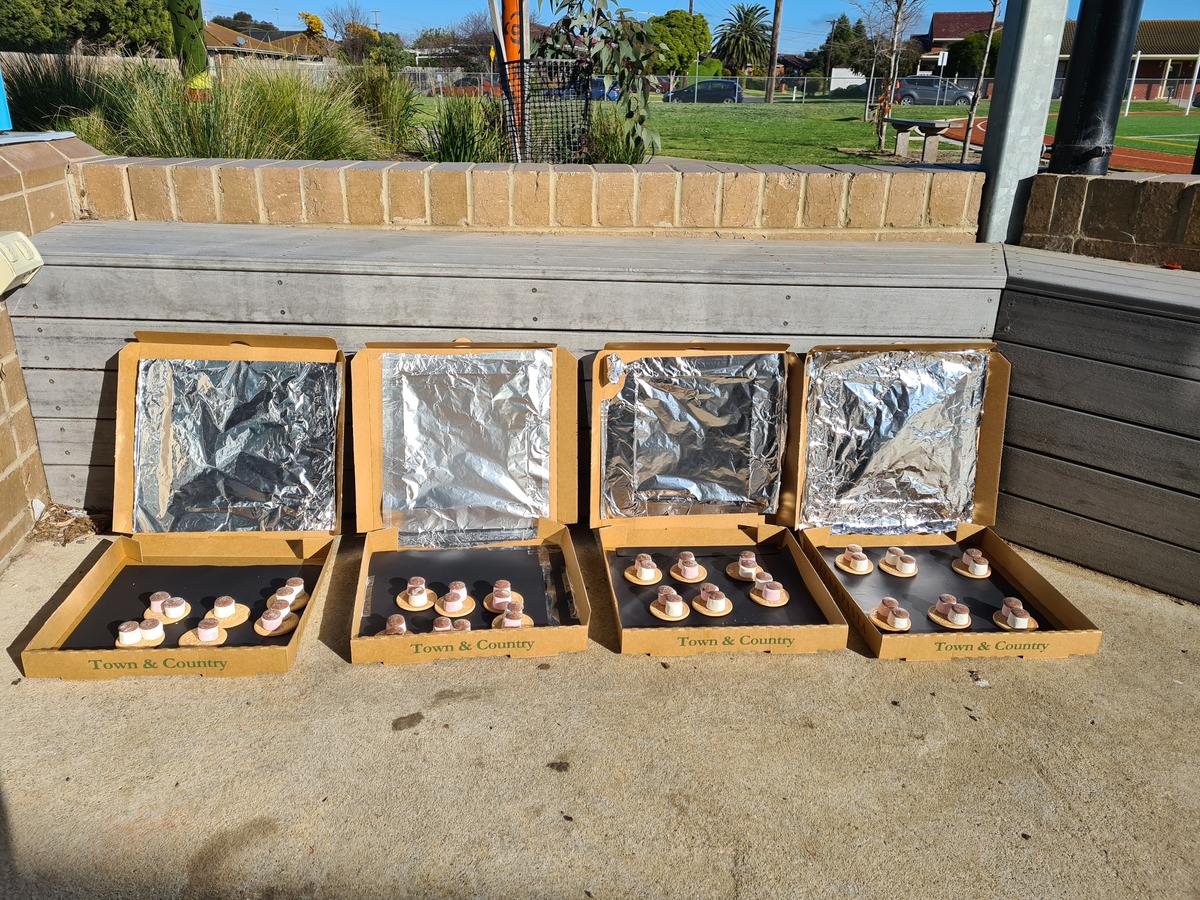
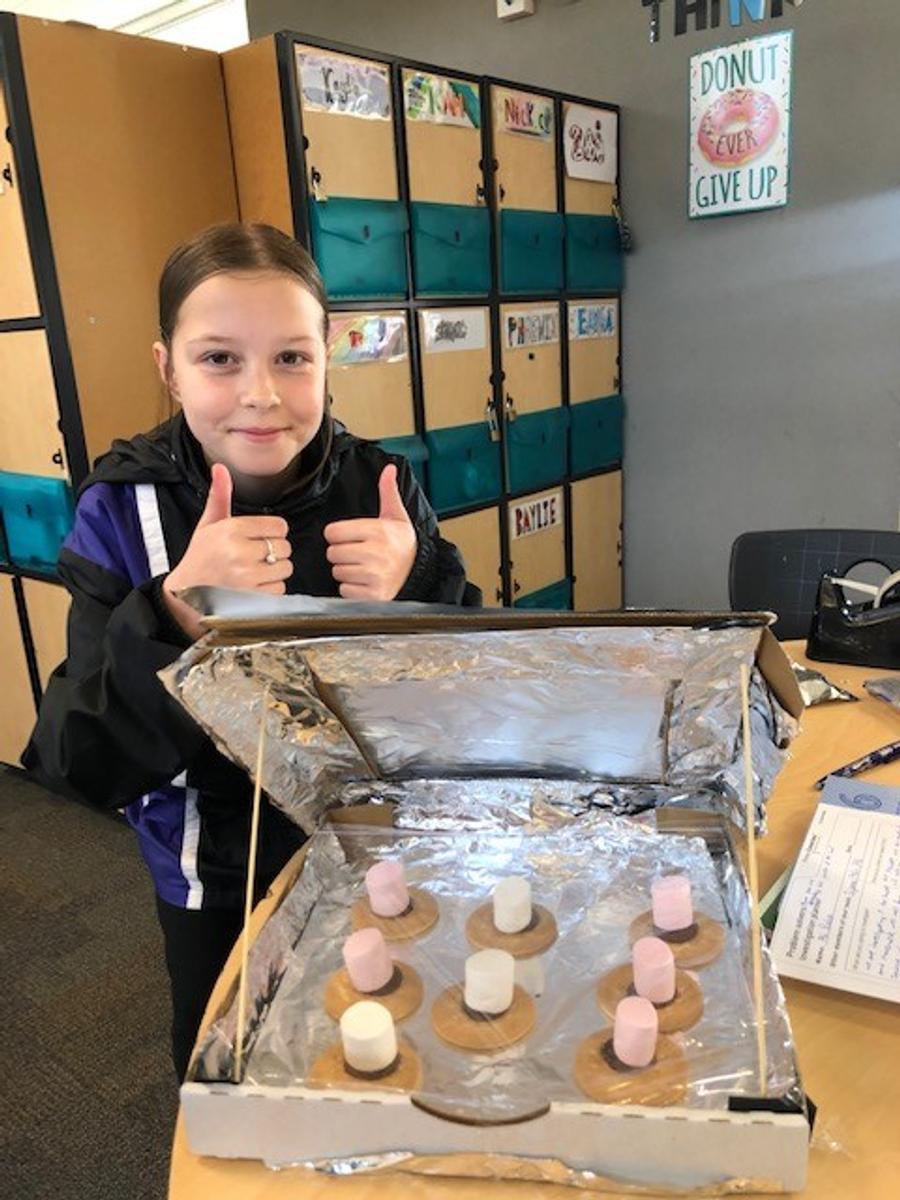
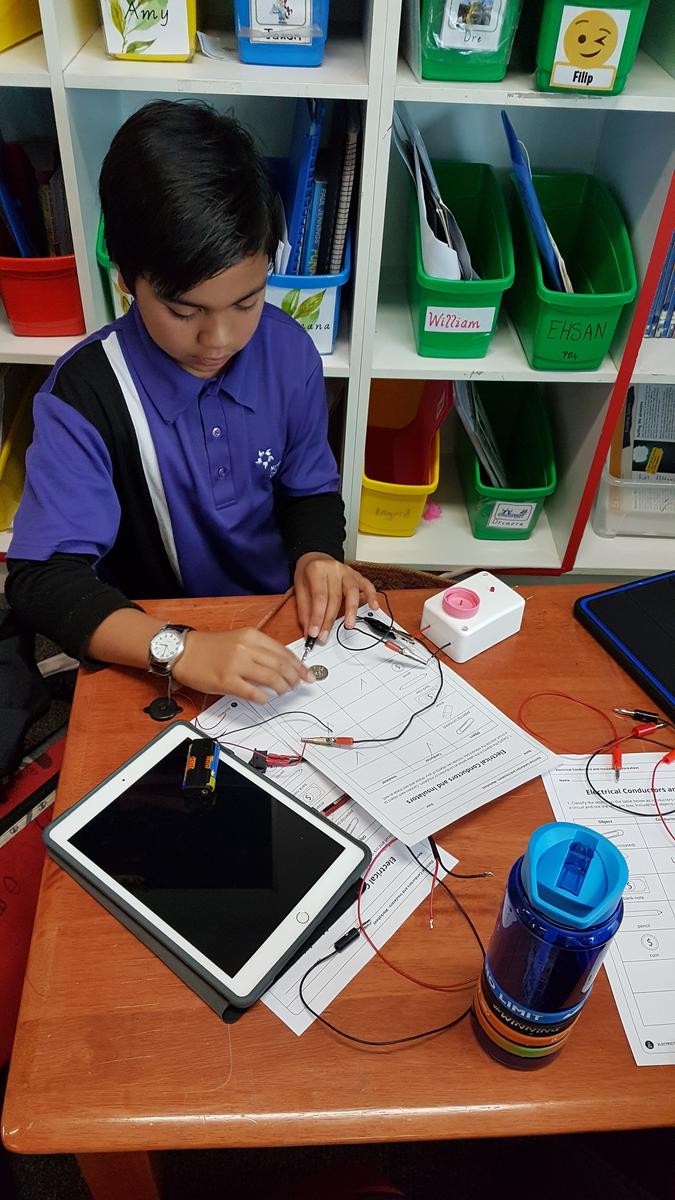









Writing to explain
All Year 3- 6 students have been writing explanation texts. Flow charts have supported us to organise, plan and explain our ideas. Time connectives have helped us to order and connect our ideas and we are learning to ask wild and wonderful questions about our world like:
Here are some samples of that kind of writing
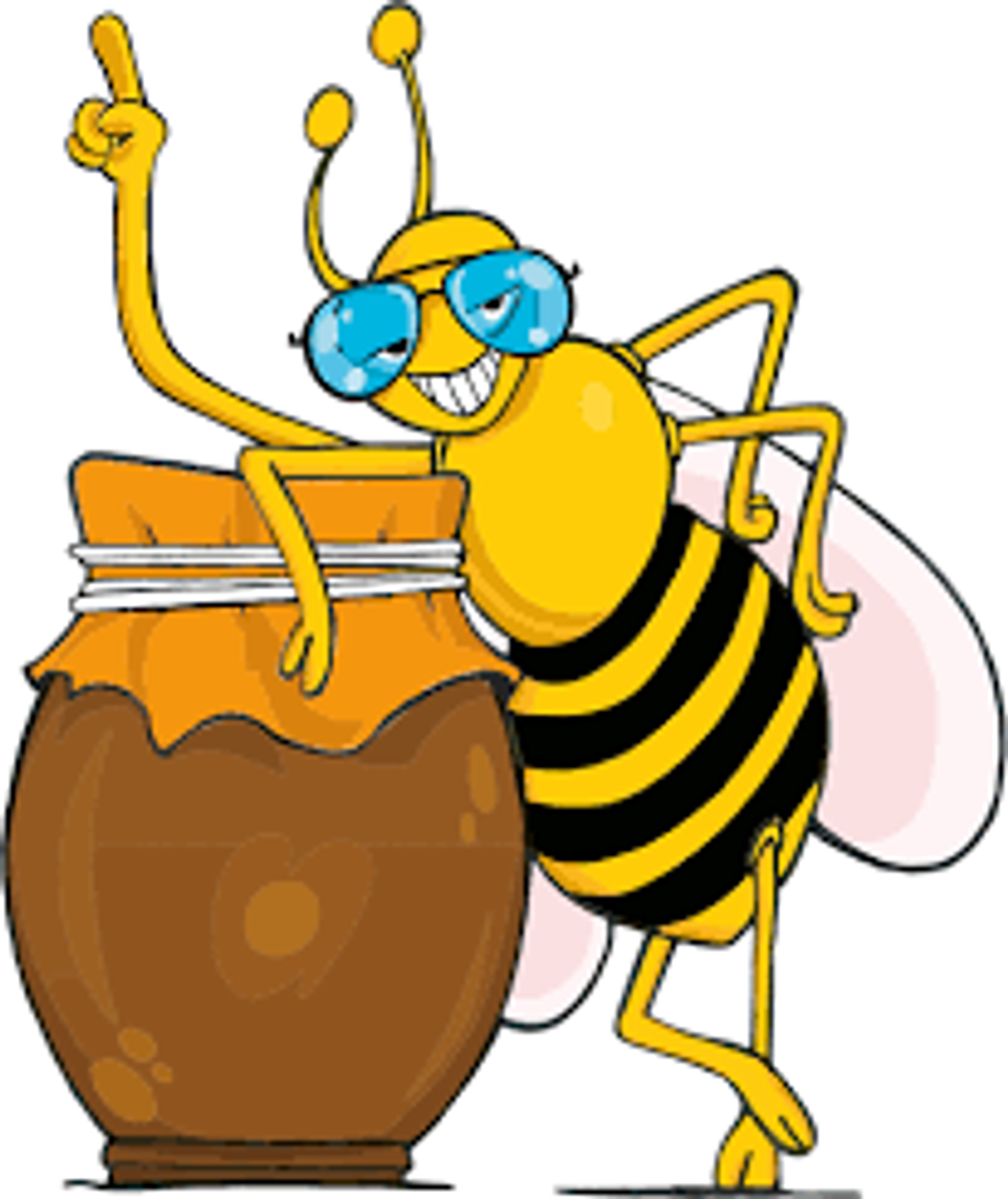



Honey. A delicious substance made by possibly the most well known insect, the bee.
It lasts ages, tastes amazing, and is often used in deserts such as cake, ice cream, and many others. So, how do bees make this sweet liquid?
Well, they start by flying up to 1.5km to find flowers. They then slurp up the nectar using a specially adapted tongue, filling up their honey stomach, which can weigh as much as the bee itself! Afterwards they take the nectar back to the hive, regurgitating it into the mouth of another worker. This worker then regurgitates it into the mouth of yet another worker, adding their own enzymes to the mix. By the time they finish, the honey is still watery. So they pour the honey into the honeycomb, and they beat their wings, creating an air current within the honeycomb which thickens the honey, and afterwards they cap it with beeswax. Ever wondered about their queen?
The Queen Bee is a fearsome ruler of the hive. When she is born, she immediately kills her sisters, as there can only be one queen. She is fed strictly on a diet of royal jelly, whereas her daughters are fed a combination of pollen and nectar, called bee bread, which stops them from breeding. She can lay up to 2000 eggs per day, and up 175000 to 200000 eggs a year. 1-2 weeks after the queen is born, she flies to another hive to mate with the drones that live there. She then stores the sperm to use later.
You might not like honey anymore, you might like it even more. That is up to you. But now, you know how honey is made, and you know all about the hierarchy that exists within the beehive.
These from Criscelle and Cherry
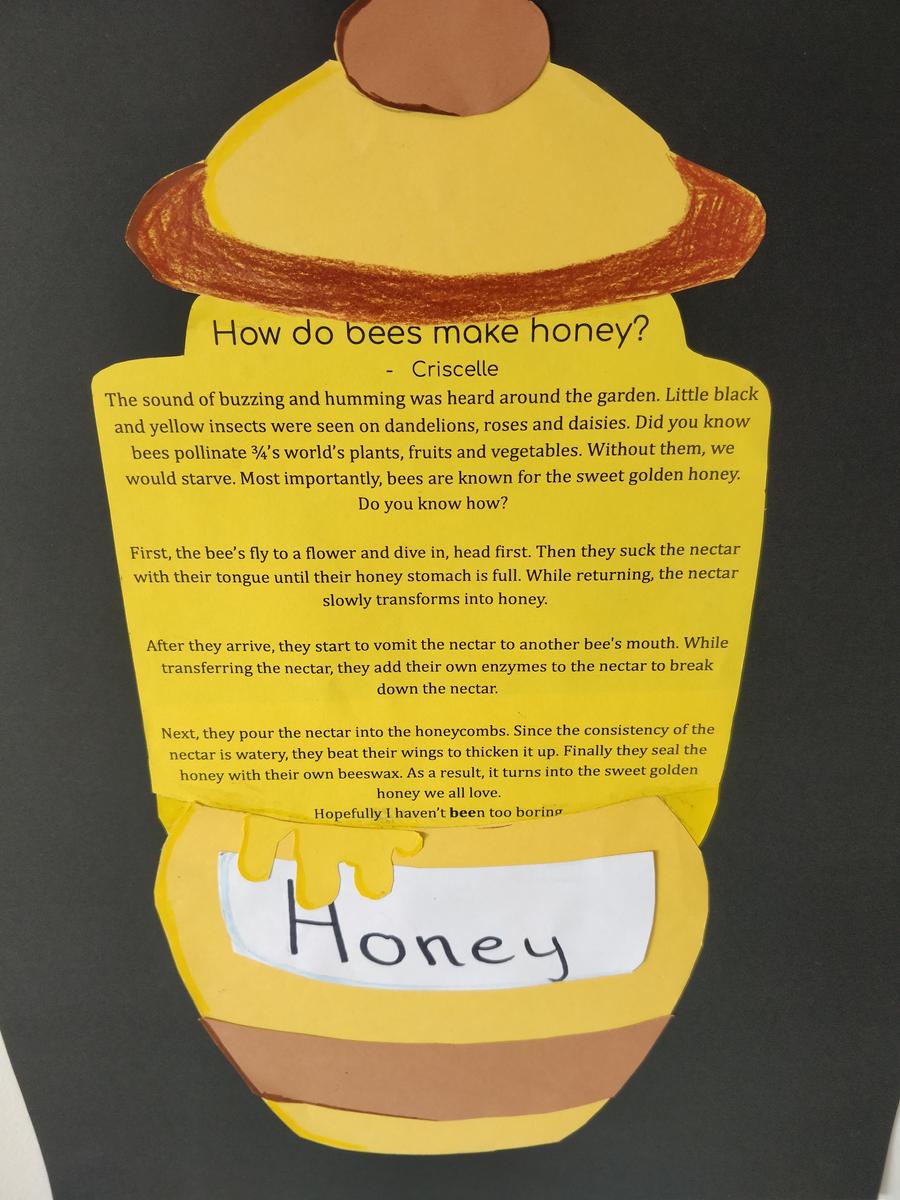







Numbers
We are developing written and mental strategies to solve problems involving addition, subtraction, multiplication and division. Some students even participated in a little painting and craft to problem solve and show their thinking.
Maths art from Zaine and Paw Law Lar Wah
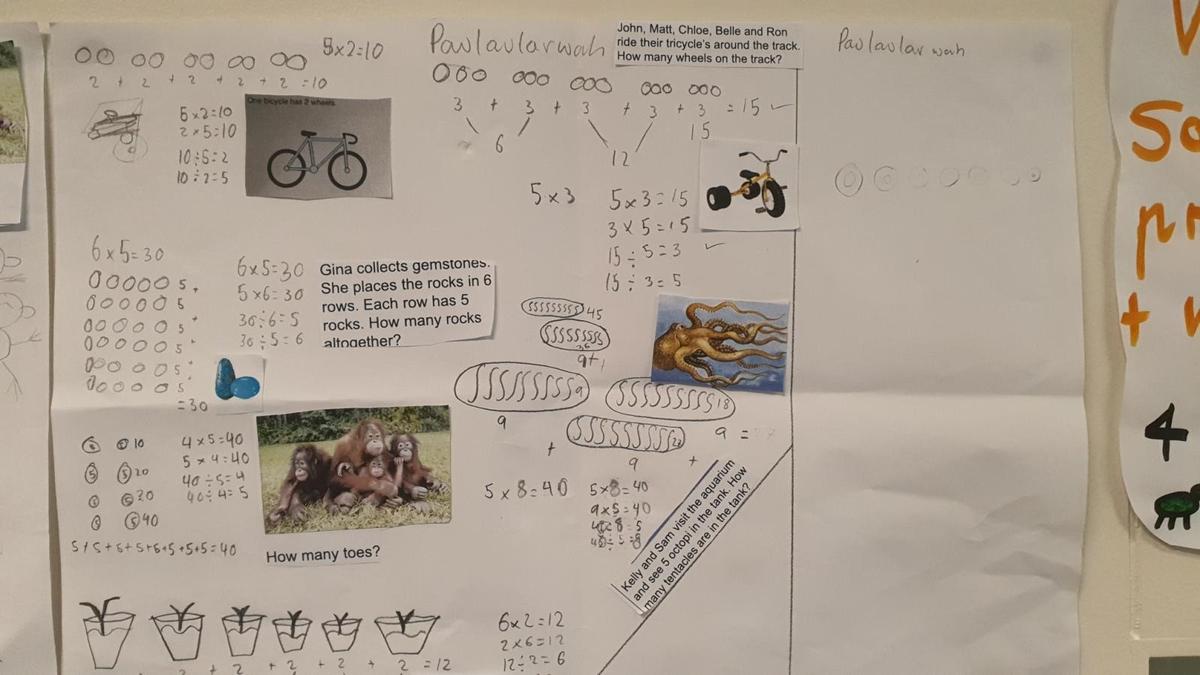



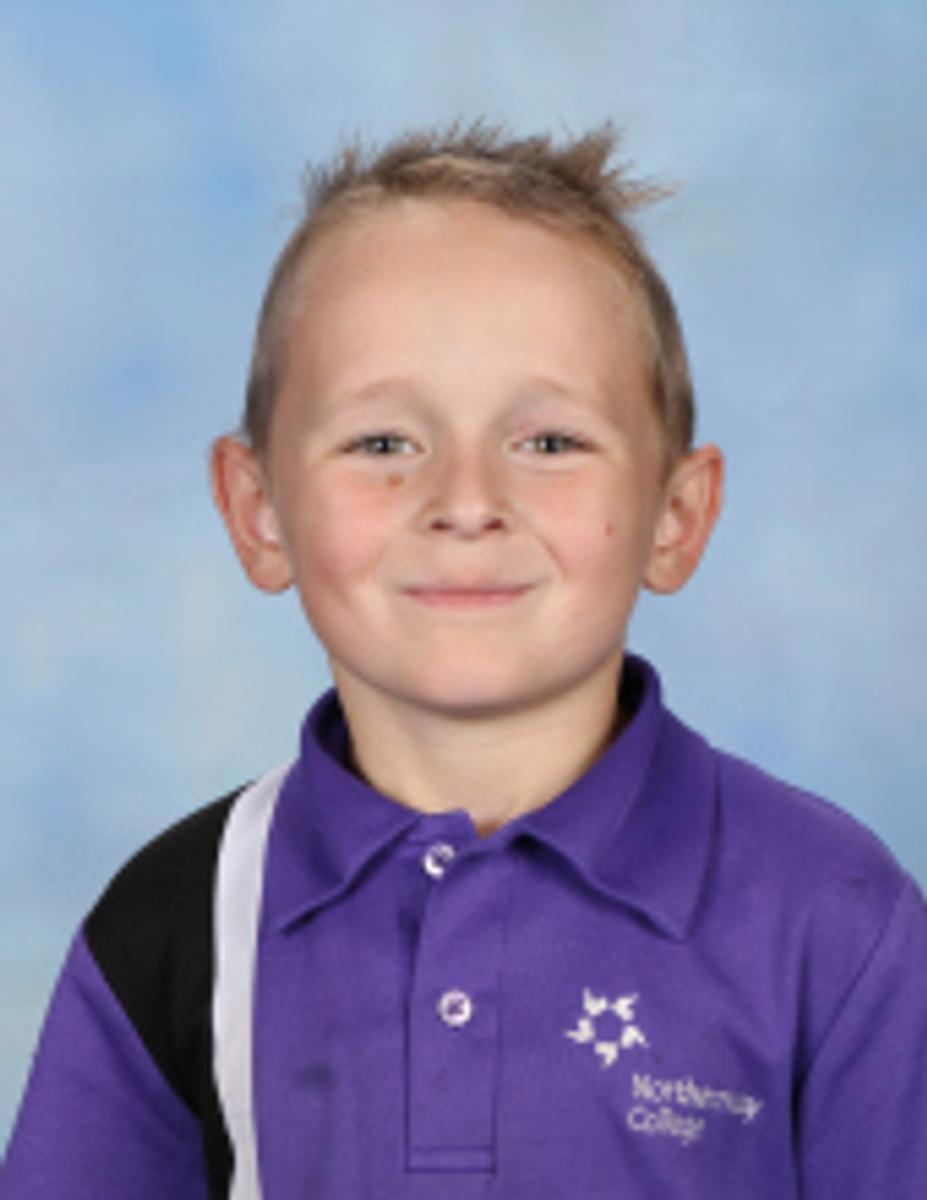
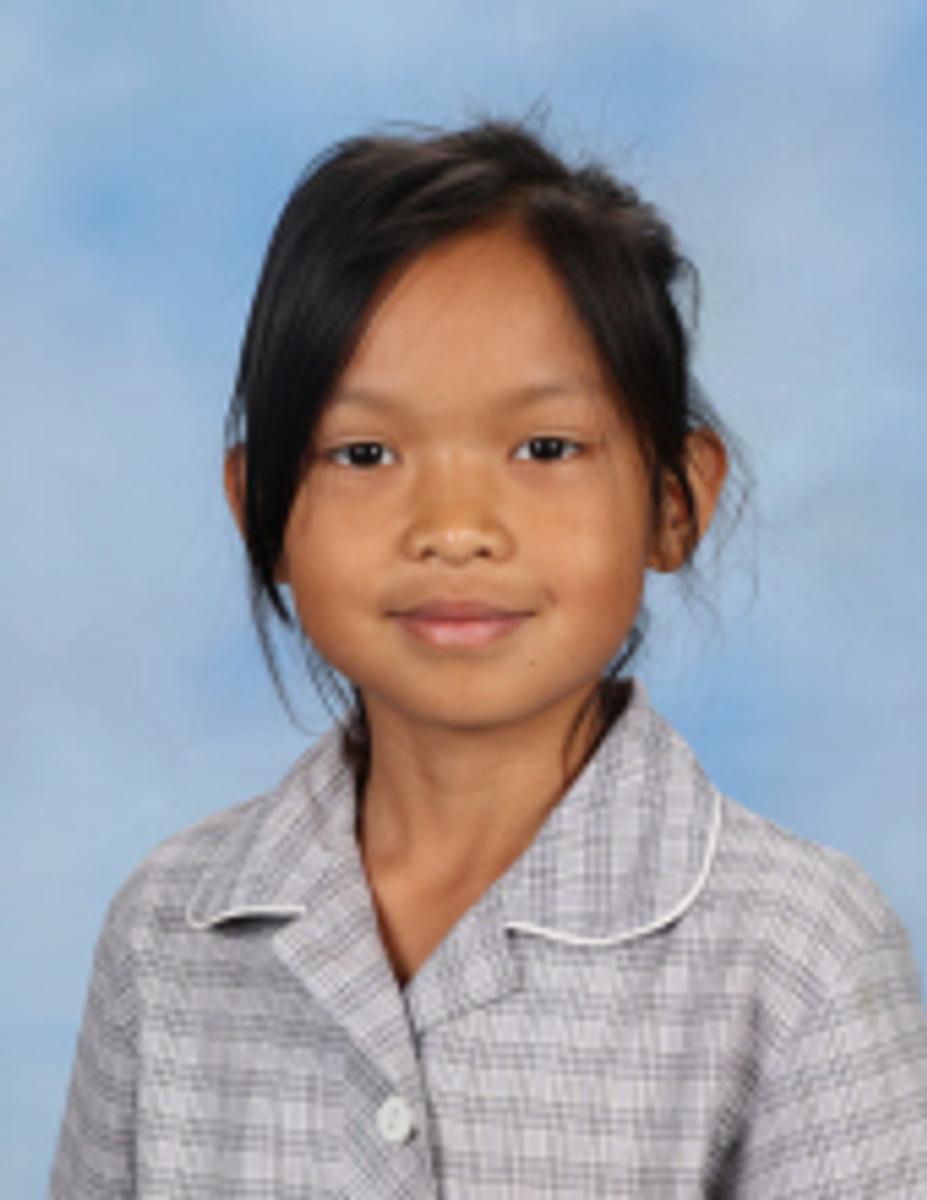


Tallis St Chickens
The local Tallis Street chickens are having a well earned break in Remote Learning. They are being taken good care of and look forward to seeing you all again soon.
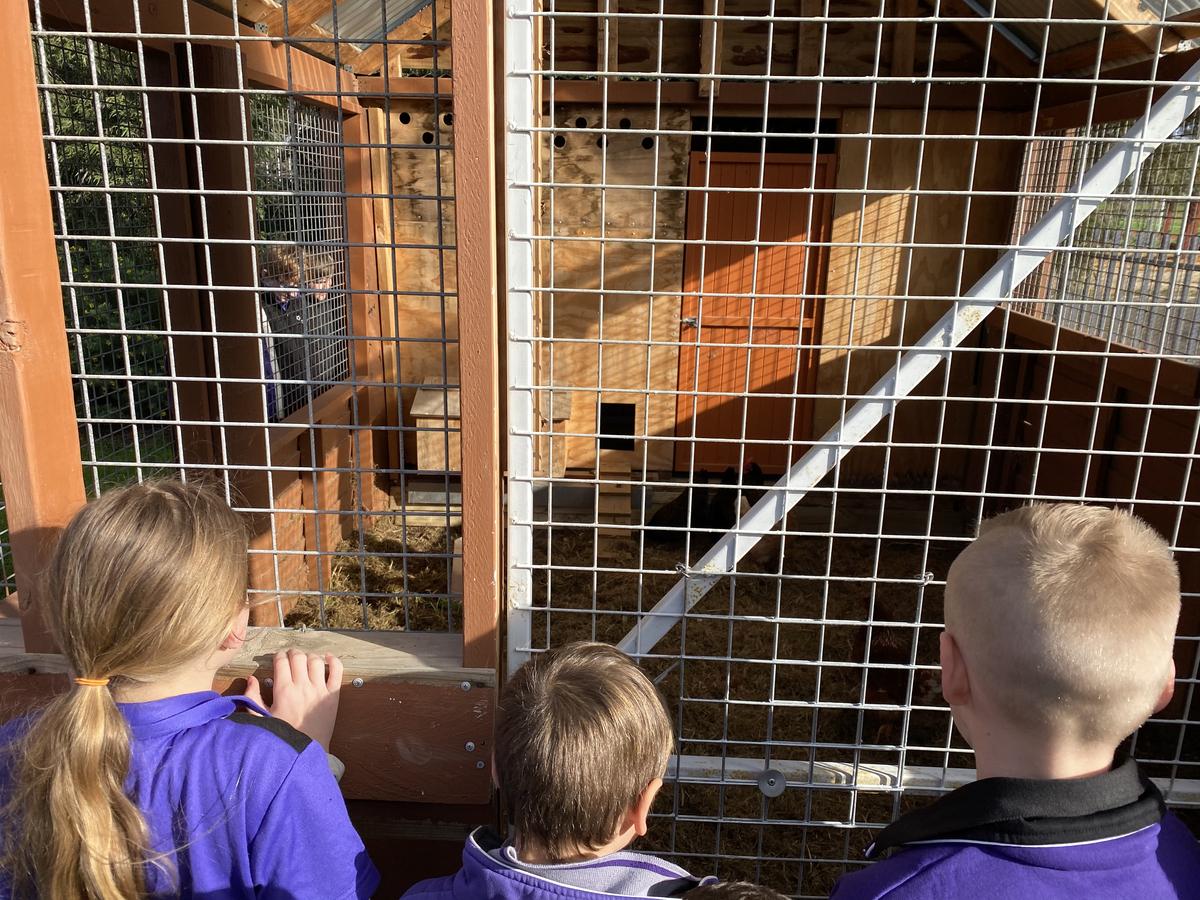



We hope this finds you well and safe at home. We look forward to sharing our online learning successes with you in a couple of weeks. Until then, take care.
The 3-6 NBC team.